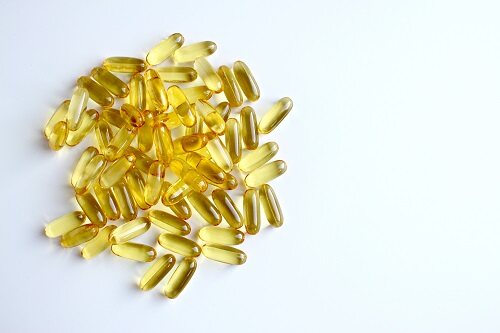Conventional capsules are generally divided into two broad categories, hard capsules (for powder filling) and soft capsules (for filling oily oils, vitamins and other oily liquids). The liquid-filled hard capsule adopts a two-section structure and is made of gelatin or HPMC as a material for filling a liquid medicine.
The LFHC can be sealed by a capsule band. According to Capsugel, "a visible band of gelatin or HPMC is applied around the joint between the capsule - thus sealing the caps to the body of the capsule".

Compared with traditional capsules, liquid-filled hard capsules have good heat resistance, moisture resistance, sealing and toughness, which are suitable for liquid medicines, poorly soluble medicines or health care products with poor taste or odor or oxidative discoloration. Its main advantages include improving drug stability, bioavailability, simplifying production processes, and eliminating dust pollution.
The liquid-filled hard capsule technology allows double acting drugs, or even two different compounds, to be filled inside the hard capsule and delivered through a specialized delivery system. This drug is slowly released into the bloodstream over a specific time frame. Liquid filled capsules are more easily absorbed than tablets compared to tablets. When the drug is in liquid form, all that the body needs to do is to break the capsule coating around the liquid and then absorb the contents; while tablets must first be completely broken down, which may take longer. On average, liquid-filled capsules may be broken down and absorbed into the blood in only a few minutes, while tablet pills may be absorbed for 20-30 minutes.
Reference:
Capsugel - LIQUID-FILLED HARD-CAPSULE TECHNOLOGY


